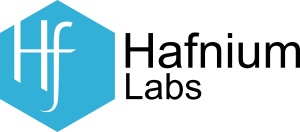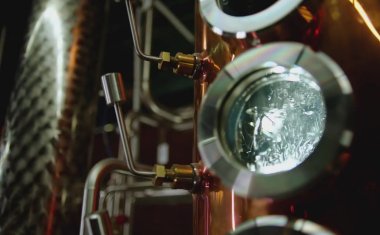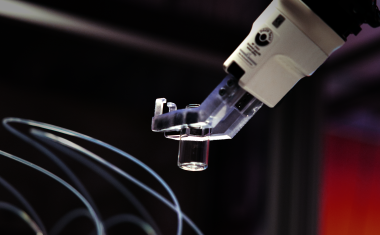A New Standard for Process Simulation — and Beyond
Hafnium Labs is tackling one of the toughest challenges in chemical R&D: Obtaining reliable physical property data — fast.
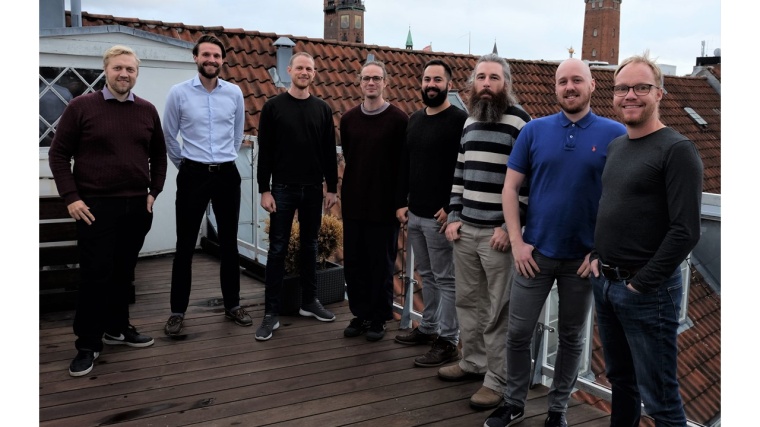
The pioneering algorithms of the Copenhagen, Denmark-based start-up company combine cutting-edge modeling with all available data, setting a new standard for how physical properties of molecules and mixtures are predicted. Current customers of the company’s Q-props software are process engineers, who need reliable physical properties to improve plant performance, but the aim is to make Q-props the standard for obtaining physical properties across industries and stages of R&D. CHEManager asked the founders of Hafnium Labs, Jon Christensen and Bjørn Maribo-Mogensen, about their journey and goals.
CHEManager: How far back does the story of Hafnium Labs go?
Jon Christensen: Actually, it goes back to 2006. As first-year chemical engineering students, Bjørn and I used a process simulator to model the events that led up to the Texas City Refinery explosion. But the simulator did not predict the liquid overflow that had caused the explosion. One late night, we found that the assumption of constant density in the accident report might be wrong. And indeed: making the density temperature dependent, we could predict the overflow. Our results were published and the year after, a US government investigation came to the same conclusion. We have been passionate about physical properties for process modeling ever since.
Why are physical properties for process simulation important?
Bjørn Maribo-Mogensen: Over the last decades, process simulation software has helped chemicals and energy companies improve process performance and respond to fast-changing market conditions. But process simulators are only as accurate as the physical properties you put into them. It really is “garbage in, garbage out”.
How does a process engineer get reliable physical properties for a simulation?
B. Maribo-Mogensen: Well, this is actually very difficult. With infinitely many combinations of molecules, mixtures, temperatures and pressures, experimental physical property data is very scarce. Experts estimate that we have experimental data for less than 0.2% of relevant chemical systems — and most of this data is for petrochemicals. There is almost no data for biochemicals or other molecules that we need for the green transition and our societal challenges around food and affordable medicines.
So, we always rely on predictions, typically using statistical models fitted to scarce experimental data. But choosing the right model for your process chemistry, fitting it correctly to the experimental data and ensuring that the data is actually sufficient and reliable is difficult, even for a physical property expert.
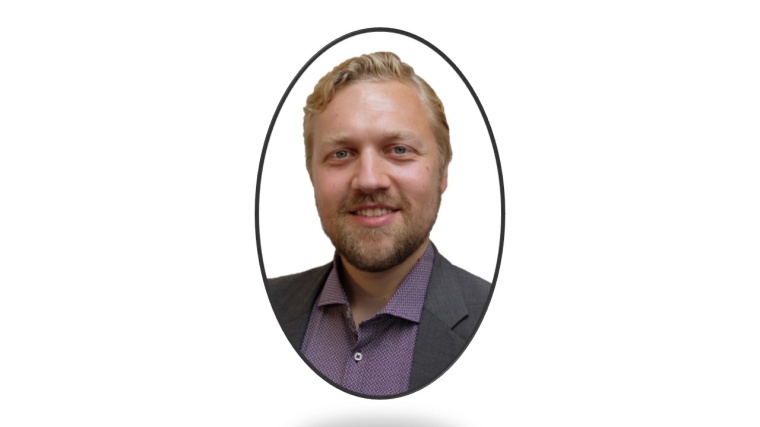
This is what your Q-props software helps with?
J. Christensen: Exactly! Q-props automatically evaluates all available data and models and creates the best possible physical property package. But it also turbocharges that work.
Based on millions of hours of stored computations, on-the-fly quantum chemistry calculations, and data for other molecules, Q-props finds the best possible data to fit the model to, even if there is no experimental data available.
And crucially, Q-props provides uncertainties on every data point, so the user can see how reliable the final model is and get guidance on experiments that will increase reliability most.
Who is your target audience?
B. Maribo-Mogensen: The underlying technology is very complex, but we have designed Q-props to be used by all researchers and engineers — not just computational chemistry experts. Q-props interfaces with leading process simulation tools, automatically performs heavy calculations in the cloud and handles all expert choices.
You can explore data and models, drill down to molecular detail and make manual changes. But you can also simply click a button to export the best possible property package for your process chemistry as well as edge-case packages to assess how uncertainties impact simulation results.
What are the next steps?
J. Christensen: We are fortunate to work with several industrial customers and universities that look for solutions to support their work with process simulation and digital twins. But we are always looking for more innovation-minded researchers and engineers to work with and are actively accepting beta-customers.
Looking more broadly, our strategic goal is to establish Q-props as a standard for obtaining physical properties across industries and stages of R&D. Reliable physical properties of molecules and mixtures are key to digitalizing R&D everywhere and our approach of combining all data and models is just as relevant for formulation science, synthesis chemistry and molecular discovery as it is for process engineering.
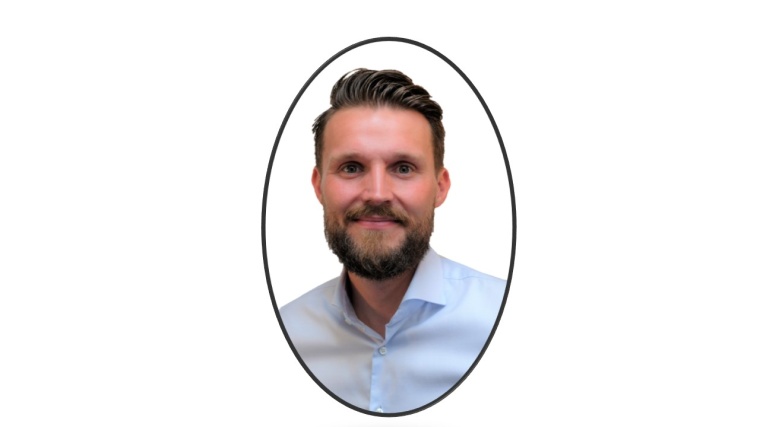
Why did you name the company Hafnium Labs?
B. Maribo-Mogensen: The chemical element hafnium is named after Hafnia, the Latin name for Copenhagen. Most of our 10-person team works from our offices here, so we thought Hafnium Labs was a nice way of showing love for our city while keeping it chemistry-related. We do not have any labs though — or any hafnium
Business Idea
A Standard for Physical Properties
Digital tools are playing an increasingly important role in chemical R&D. But to be valuable, they need reliable physical property data for the molecules and mixtures being investigated. Experimental data is scarce, so reliable predictions of physical properties are critical to good simulation results.
A pioneering software — Q-props — sets a new standard for obtaining reliable physical properties. Instead of building yet another model, Hafnium Labs have developed Q-props to intelligently and transparently use all available data and models for every prediction. Recognizing that “all models are wrong”, Q-props is built on the idea that an accurate prediction is good but knowing how reliable it is and what experiments can improve reliability is better.
Q-props leverages cutting-edge models from quantum chemistry, molecular simulation and AI, that run automatically in the cloud without requiring expert user input. Hafnium Labs has built the world’s largest combined database of experimental data and millions of hours of simulation data, which Q-props draws on for every prediction. And customers can add their own data and models — in full confidentiality — to greatly improve prediction accuracy and get more value from their in-house knowledge.
Q-props features:
- Reliable: Best possible prediction given available data and models — and its uncertainty
- Fast: Modeling typically 100– 1,000 times faster than experimentation
- Continuously improving: Leverage all new data, models and hardware
- Easy to use: Does not require computational chemistry expertise and integrates with leading simulation tools
- Transparent: Explore how uncertainties impact results and get guidance on what experimental data to add to reduce uncertainty most
Q-props is currently targeted at customers working with process simulation and digital twins, providing a second opinion with uncertainties for existing simulations and auto-generation of best possible property packages for new simulations. The strategic goal is to establish Q-props as a standard for obtaining physical properties across industries and stages of R&D, including formulation, synthesis and discovery.

Elevator Pitch
Towards a Digital Future in R&D
Hafnium Labs was founded in 2016 to support the transition to a digital future in chemistry. Advances in chemistry change the world, but innovation is limited by slow and expensive experimentation. Digital tools offer a path to make R&D faster and smarter, but to be valuable they must simulate real-world chemistry, which is extremely difficult.
Hafnium Labs is solving part of the challenge with their pioneering software, Q-props, that provides reliable physical properties fast. The goal is to establish Q-props as a standard for obtaining physical properties across industries and stages of chemical R&D. To date, almost 3 million EUR has been invested in developing Q-props and it is currently being deployed with industrial customers and universities working with process simulation and digital twins.
Milestones
2016
- Hafnium Labs founded
- Q-props proof-of-concept
2017
- Q-props pilot tool
- First customer sales
2018
- Q-props v0.1 running on Hafnium Labs’ cloud
- Chosen among 10,000 start-ups to pitch at the Web Summit main stage (capacity 30,000)
- Winner at TechBBQ
2019
- Q-props cloud tool used for contracted projects
- Raised over €2 million
- Chosen for the Merck Accelerator start-up program
- Winner at ‘Redefining Chemistry’, ‘Get In The Ring’ global finals and ‘Pitch Marathon’
2020
- Q-props can be run on customer side
- Recognized by EU’s Climate-KIC as one of Europe’s leading climate impact start-ups
- Team size: 10 (7 PhDs)
Roadmap
2021
- Scale Q-props to more customers working with process R&D
- Launch Q-props.com
2022
- Expand to more R&D stages
- Raise next funding round
2023 onwards
- Establish Q-props as a standard for obtaining physical properties across industries and R&D stages

